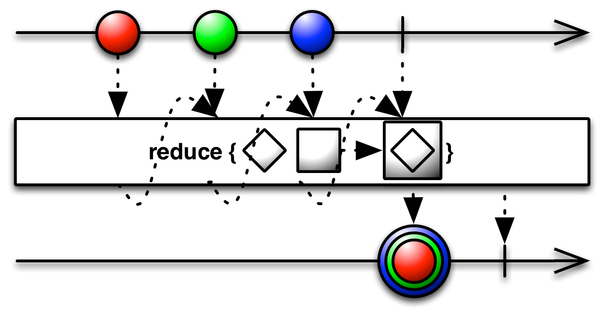Functional Programming in JavaScript, Clojure, Kotlin, Java and Python-Part 1
19 November 2017
Map Reduce and Filter are functional Idioms you frequently encounter in functional programming. This is first of the series of posts that shows the comparison of functional capabilities across languages.
Map, Reduce and Filter are higher order functions. In Mathematics a higher order function are function that operate on other functions either by taking them as arguments or returning them.
Map
Map applies a function to every item of a List/Array/Iterable/Sequence. It’s behaviour is to derive a new List/Array/Iterable/sequence y from existing List/Array/Iterable/Sequence of x.y1=f(x1) y2=f(x2) y3=f(x3) y4=f(x4)
I will interchangeably use the terms List/Array/Iterable/Sequence going forward. Assume relevant meaning from the context.

Lets increment the numbers in the list by 1
JavaScript
list=[0,1,2,3,4]
function inc(num){
return ++num;
}
list.map(inc)
Output: [ 1, 2, 3, 4, 5 ]
Java
IntStream.range(0,5)
.map(x->++x)
.forEach(
x->{
System.out.print(x + " ");
}
);
Output: 1 2 3 4 5
Kotlin
print((0..4).map { it + 1 })
Output: 1 2 3 4 5
Clojure
(map inc [0 1 2 3 4 5])
Output: (1 2 3 4 5 6)
Python
def inc(x):
return x+1;
list=[0,1,2,3,4]
for num in map(inc,list):
print(num)
Output:
1
2
3
4
5
Reduce
Reduce is similar to Map that it applies a function on the list. However unlike Map it does not produce a list. It produces a single value as a result of reduction or folding process.The operation to be performed should be associative to attain correct result. For instance +,* are associative where as / and - are not.

Lets add up all numbers in the list.
JavaScript
numbers=[1,2,3,4,5]
numbers.reduce((a,b)=>a+b)
Output: 15
Java
System.out.println(IntStream.range(1,6)
.reduce((a,b)->a+b)
.getAsInt());
Output: 15
Kotlin
print((1..5).reduce { sum, next -> sum + next })
Output: 15
Clojure
(reduce + [1,2,3,4,5])
Output: 15
Python
numbers=[1,2,3,4,5]
reduce(lambda x,y:x+y,numbers)
Output: 15
Filter
Filter functiontakes a list and returns a list. The filtered list preserves the same order. Only elements satisfying a predicate are returned. A Predicate is boolean valued function.

Lets filter out only even numbers from a list.
JavaScript
list=[0,1,2,3,4,5,6,7,8,9,10]
list.filter(x=>x%2==0)
Output:[ 0, 2, 4, 6, 8, 10 ]
Java
IntStream.range(0,10)
.filter(x->x%2==0)
.forEach(x->{
System.out.println(x);
});
Output:
0
2
4
6
8
Kotlin
print((0..10).filter { it % 2 == 0 })
Output:[ 0, 2, 4, 6, 8, 10 ]
Clojure
(filter even? (range 0 11))
Output: (0 2 4 6 8 10)
Python
filter(lambda x:x%2==0,range(0,10))
Output:[0, 2, 4, 6, 8]
I hope you liked the post. Please share your comments.
Credits:Kotlin code was contributed by Anton Kirvel